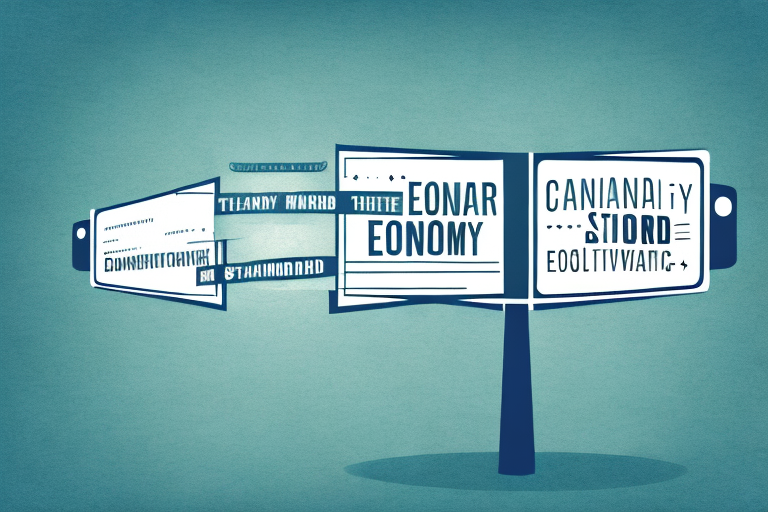Comparing Economy and Standard Vehicle Options: Which is Right for You?
Making an informed decision about your next vehicle purchase can be overwhelming. With numerous options available, prioritizing features and specifications is essential. Deciding between an economy or standard option involves understanding the unique advantages and disadvantages each offers to ensure the best fit for your lifestyle and budget.
Understanding Economy vs. Standard Vehicle Options
The terms economy and standard refer to the level of features and options available in a vehicle. Typically, an economy option is designed to be more affordable and fuel-efficient, while a standard option includes more advanced features and a higher price tag.
- Economy Options: Smaller, less powerful engines; basic features like cloth seats and manual windows.
- Standard Options: More powerful engines; amenities such as leather seats, premium sound systems, and advanced safety features.
The choice between economy and standard options ultimately depends on your personal preferences and needs. Consider factors like budget, desired features, and how you plan to use the vehicle.
Engine Performance
Economy vehicles often come with smaller engines that prioritize fuel efficiency, whereas standard options may feature larger, more powerful engines for enhanced performance.
Interior Features
Standard options typically offer luxuries such as leather upholstery, advanced infotainment systems, and enhanced safety technologies, compared to the more basic offerings in economy models.
Pros and Cons of Choosing an Economy Option
Advantages
- Affordability: Lower purchase price, making them ideal for budget-conscious buyers.
- Fuel Efficiency: Better gas mileage can lead to significant savings over time.
- Lower Insurance Costs: Generally cheaper to insure due to lower vehicle value.
Disadvantages
- Limited Features: Fewer technological and safety features compared to standard options.
- Less Powerful Engines: May not offer the same level of acceleration and performance.
- Reduced Comfort: Smaller cabin space might be less comfortable for passengers or cargo.
For instance, according to the U.S. Department of Energy, economy cars can save up to 30% on fuel costs compared to more powerful standard models.
Pros and Cons of Choosing a Standard Option
Advantages
- Enhanced Comfort and Luxury: Features like leather seats and premium sound systems.
- Advanced Safety Features: Technologies such as lane departure warnings and blind-spot monitoring.
- Better Performance: More powerful engines provide improved acceleration and handling.
- Higher Resale Value: Standard models often retain value better over time.
Disadvantages
- Higher Purchase Price: Initial cost is significantly higher than economy options.
- Lower Fuel Efficiency: Larger engines typically consume more fuel.
- Increased Maintenance Costs: Advanced features may lead to higher repair and maintenance expenses.
Studies from Edmunds highlight that standard vehicles can offer up to 25% more in advanced safety features compared to their economy counterparts.
Cost Analysis: Long-Term Affordability
When evaluating long-term costs, economy options generally offer lower upfront prices and better fuel economy, leading to ongoing savings. However, standard options may provide greater resale value and potentially lower depreciation rates.
- Economy Vehicles: Lower initial cost and fuel savings, but may incur more frequent maintenance.
- Standard Vehicles: Higher initial investment with potential savings in resale value and longer vehicle lifespan.
According to Consumer Reports, the total cost of ownership for economy cars can be up to 20% lower over five years compared to standard models, depending on usage and maintenance.
Evaluating Your Needs: Lifestyle and Usage
Your lifestyle and driving habits play a crucial role in determining the best vehicle option for you.
- Daily Commute: If you have a long daily commute, an economy car’s fuel efficiency can lead to substantial savings.
- Family Size: Larger families or those needing more cargo space might benefit from the comfort and space of a standard option.
- Driving Conditions: Urban drivers might prefer the maneuverability of economy cars, while those driving in varied terrains may benefit from the power and stability of standard options.
Safety Features: Comparing Economy and Standard Options
Safety is a paramount consideration when choosing a vehicle. While both economy and standard options come equipped with basic safety features like airbags and seat belts, standard models often include more advanced safety technologies.
- Economy Options: Basic safety features sufficient for standard driving conditions.
- Standard Options: Enhanced safety systems such as automated emergency braking, adaptive cruise control, and lane-keeping assist.
The National Highway Traffic Safety Administration (NHTSA) reports that vehicles with advanced safety features can reduce the risk of accidents by up to 40%.
Environmental Impact: Eco-Friendliness of Vehicle Options
Environmental considerations are increasingly important for vehicle buyers. Economy options generally have a smaller environmental footprint due to better fuel efficiency and lower emissions.
- Economy Vehicles: Higher miles per gallon (MPG) and lower CO2 emissions.
- Standard Vehicles: While traditionally less fuel-efficient, many standard models are now available in hybrid and electric variants.
The Environmental Protection Agency (EPA) emphasizes the impact of vehicle choice on overall emissions, suggesting that opting for more fuel-efficient models can significantly reduce your carbon footprint.
Final Verdict: Making the Right Choice for You
Choosing between an economy and standard vehicle option hinges on balancing your budget, desired features, and lifestyle needs.
- Choose Economy If: You prioritize affordability, fuel efficiency, and lower maintenance costs.
- Choose Standard If: You seek enhanced comfort, advanced features, and potentially higher resale value.
Assess your specific requirements, consider long-term costs, and review authoritative sources to make an informed decision that aligns with your personal and financial goals.






















